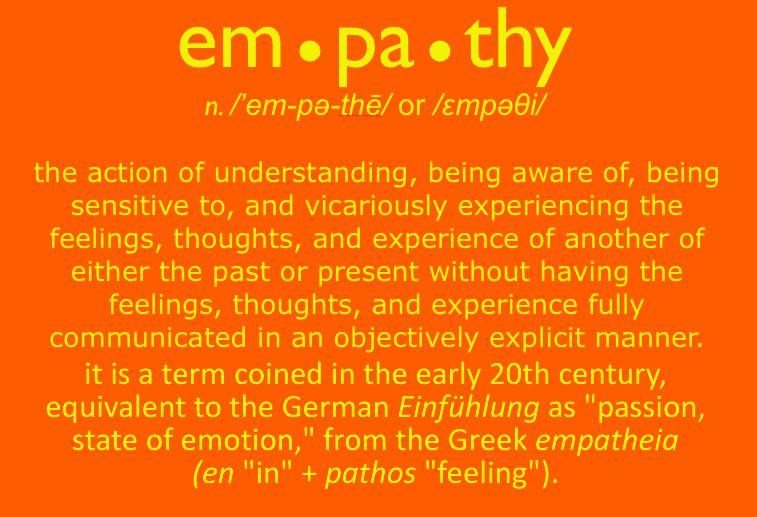Republished by Blog Post Promoter
 Sex and Religion are a sacrifice of the present self for the hope of perpetual existence in the future.
Sex and Religion are a sacrifice of the present self for the hope of perpetual existence in the future.
~ Lawrence R. Spencer ~
Republished by Blog Post Promoter
 Sex and Religion are a sacrifice of the present self for the hope of perpetual existence in the future.
Sex and Religion are a sacrifice of the present self for the hope of perpetual existence in the future.
~ Lawrence R. Spencer ~
Republished by Blog Post Promoter
In the history of this universe powerful spiritual truths – in the hands of priests – are perverted into religions confined inside the walls of stone temples constructed with enforced compliance to mortal men who teach empty rituals and superstitions intended to control and enslave souls.
Republished by Blog Post Promoter
Republished by Blog Post Promoter
Republished by Blog Post Promoter
 The entire history of humans on Earth is an unending cycle of birth within a biological body, a short lifetime of pain, intermittent pleasure, chaos, death and rebirth. So far as I know there has been few, if any, how have escaped this cycle. Many spiritual teachers and pretenders have claimed to have discovered “the way” to spiritual emancipation from this cycle. Religion organizations uniformly claim that their “group” are the “only ones” who know “the way”.
The entire history of humans on Earth is an unending cycle of birth within a biological body, a short lifetime of pain, intermittent pleasure, chaos, death and rebirth. So far as I know there has been few, if any, how have escaped this cycle. Many spiritual teachers and pretenders have claimed to have discovered “the way” to spiritual emancipation from this cycle. Religion organizations uniformly claim that their “group” are the “only ones” who know “the way”.
However, every Is-Be is completely unique. (Is-Be = Immortal Spiritual Being, or Sentient Being) No two are the same. Each one has a 1,000 small variables which identify them uniquely, like a thumbprint.
The “Golden Rule” is a philosophy and practice of kindness toward others and toward ourselves. It is empathy…. being able and willing to “be” another being, to see through their eyes, to feel the feelings they experience. This is understanding. Every great guru describes a similar idea.
There is not enough pleasure or kindness on Earth to counter-balance all of the psychotic beings in this universe who play “duality games” of good / evil. Such beings do not experience ANY empathy. They cannot perceive the energy frequency of another Is-Be, except to control it or destroy it!
Empathy is the opposite of duality. Empathy is Oneness. It is Being and experiencing AS All. Empathy is a state of being in which there is no duality games, because there is no opponent, no enemy. Only Being. Everyone plays together and accomplish a common goal or purpose that is mutually beneficial to all. Everyone “wins”.
I do not think there is any group of Is-Bes in the physical universe that can play a game and also be truly empathetic. There is no benevolent leader or ruler or army or organization in this universe. This universe is made of opposites: positive / negative energy. If you remove one side or the other the entire universe will collapse and there is no longer a game to play or a universe to play it in!
Apparently, there is not proven “therapy” or “technique” that can be applied to a group of Is-Bes to trap them, or to free them of mental or spiritual enslavement. However, there may be a way “out” of imprisonment for an individual from the chaos and psychotic duality of the “Game of Earth”. Empathy. Be all, and every, and each, as yourself.
— Lawrence R. Spencer. November 2015.